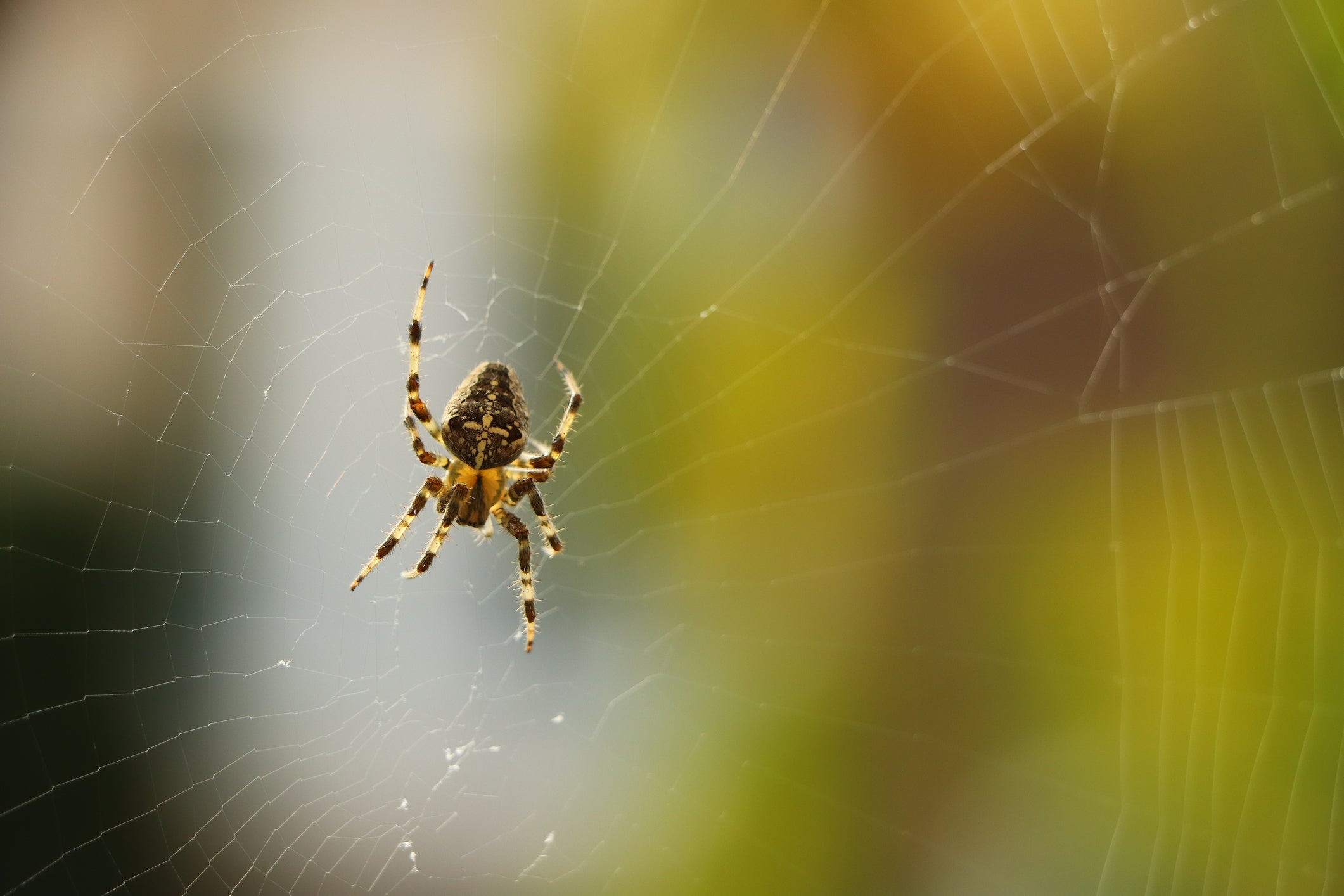How long do spiders live, and how high do grasshoppers jump?
We explore the curious questions that science can answer

How long do spiders live?
Ordinary spiders live for about a year, although up to five to six months of this may be spent in the egg stage. However, some South American tarantulas can live for as long as 20 years, while some tropical jumping spiders only live for three months.
What is the smallest spider in the world?
The smallest spider is the Mygalomorph spider from Borneo, whose body measures just 0.5mm long – the size of a coffee granule. The largest is the goliath bird-eating spider, the largest of which has a leg span of 29cm (11in) – the length of your forearm.
Do bears hibernate?
Hibernation, a state of torpor, dormancy or inactivity, is used by some bears and other animals to adapt to a shortage of nutrition during the winter. Bear hibernation differs from that of other animals.
Not all bears hibernate. Bears that live where the winter does not get too cold do not hibernate. Similarly, bears that have not put on sufficient fat stores may not hibernate, or do so only for a short time. During the hibernation of bears, they do not eat, drink or defecate. Their urea is reabsorbed through the bladder wall and safely converted into usable amino acids and protein. Their metabolism slows down. Their body temperature drops, but never below 31C They require only half their normal oxygen intake. Their digestive organs and kidneys shut down almost completely. There is no permanent loss of muscle functioning or bone mass. They exist solely on fat and fluids in their body. They do not dehydrate. They lose up to 40 per cent of their weight, from fatty tissues. They use approximately 4,000 calories per day to maintain their body. Blood circulates more to the brain and upper body. Some bears hibernate for seven or eight months.
How is snake venom produced?
Venom is produced at the back of the snake’s head (behind the eyes). Glands similar to those that “produce our saliva make and store a cocktail of venoms, toxins and enzymes, which travel through ducts to either fangs or groves in the teeth. The venoms work in different ways: they can paralyse prey (cobra venom affects the nervous system) or digest tissues and organs (rattle snakes) which helps them in their food intake.
How strong is an ant?
Ants can carry up to 50 times their own body weight on their backs, and their pincers can grip something 1,400 times their weight. By contrast, even the strongest humans can lift only a few times their own weight.
What is the smallest bird?
The bee hummingbird, Mellisuga helenau, of Cuba and the Isle of Pines, measures about 2.5in long (57mm), half of which is taken up by the bill and tail, and weighs 1.6 grams. The females are slightly larger.
How do cats purr?
Recent research suggests that in domestic cats it is the vibration of an elastic ligament linking the clavicle bone to the throat – which creates a purr during both inhaling and exhaling. In their larger cousins, things are slightly different, restricting the purring to an out-breath only. Neither kind of cat ever stops purring – they just control the volume – with loud purrs conveying anything from anger in a snow leopard to contentment in a tabby!
How high does a grasshopper jump?
The largest known grasshopper in the world is an unidentified species from the border of Malaysia and Thailand, measuring 25.4cm in length. It is capable of leaping 4.6m.
To jump as high as possible, the grasshopper makes its body streamlined. The wings remain closed, and the legs straighten and tuck under the body. Although small, the grasshopper’s leg muscles are hundreds of times more powerful than an equal weight of human muscle.






Join our commenting forum
Join thought-provoking conversations, follow other Independent readers and see their replies
Comments